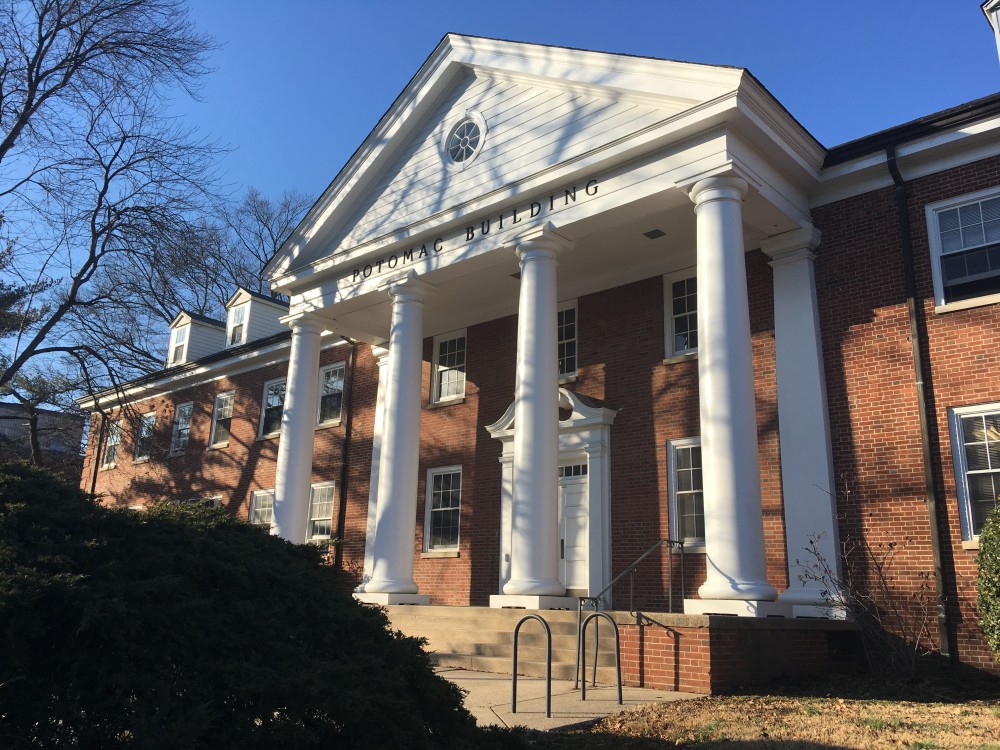The University System of Maryland Board of Regents voted on Friday to approve the construction of a new engineering facility on the University of Maryland’s campus.
The Innovate, Design, and Engineer for America Factory building — also known as the IDEA Factory — is projected to cost $50 million, and will include open workspaces for students, prototyping facilities, engineering design and instructional studios, a mobile applications lab, an “Internet of Things” lab and a student-run incubator, according to a summary document presented to the system’s finance committee.
The 60,000-square-foot space will also house four laboratories focused on studying robotics, manufacturing, quantum technology and transportation, the document read.
About $25 million of the cost will be paid by October’s $219 million donation from the A. James and Alice B. Clark Foundation, while private donors will fund the second half. This university has already obtained a $10 million gift toward the project, according to the summary document.
[Read more: Clark Hall — and its new 3D printing lab — is open to students and faculty]
Carlo Colella, this university’s administration and finance vice president, called the IDEA Factory “an important component” of the Clarks’ “landmark investment.”
“[The Foundation is] very confident that we’ll be able to raise the entirety of the $50 million,” Colella said.
The facility will be built on the site of the Potomac Building, which will be demolished for the project. The new building will be connected to its next-door neighbor — the Jeong H. Kim Engineering Building.
“Connecting the new building into the existing Kim Building was an important factor to enhance collaboration between them,” Colella said.
Sophomore aerospace engineering major Collin Miller said he liked the idea of having a startup incubator in the new building.
“I think that’d be a great idea, especially because [in] school it’s so emphasized about going to class and getting grades, but I think more people need to come up with their own ideas and start building a project from scratch,” Miller said.
But Camilla Obasiolu, a sophomore public health science major, said she’s concerned that campus resources may be heading disproportionately toward engineering, especially since this university just opened a new engineering building — A. James Clark Hall — for the spring semester.
“The university should allocate money to other schools more,” she said. “It would be a good opportunity for students that want to explore the entrepreneurial side of engineering and stuff, but at the same time, I feel like there are so many other schools that need funding for their programs, and it’s kind of unfair.”
Engineering school Dean Darryll Pines said more information about the project would be available this spring.
“The A. James Clark School of Engineering is beginning the incremental process that comes with a project of this size, and we will have more to report when we select an architectural and construction firm for the IDEA factory this Spring,” Pines wrote in a statement sent by university spokeswoman Jessica Jennings.
Renovating existing space for the project would “not have been attractive to the prospective private donors,” and “underutilized space is very limited and spread out over campus in small amounts,” the summary document read.
Colella attributed the decision to replace the Potomac Building to the building’s age and outdated accommodations such as laboratory space. The three-story Potomac Building was constructed in 1955.
[Read more: University of Maryland to receive $219.5 million donation — the largest in its history]
“We have a lot of activity in [the engineering] college and a lot of demand for space, especially contemporary space,” Colella said.
The building contains lab space and houses the Maryland Technology Enterprise Institute. The programs in Potomac will move to other spaces already assigned to the engineering school, Colella said.
Sophomore mechanical engineering major Brij Patel said the project will likely be good for promoting this university as a strong engineering school.
“Especially since UMD is a research-focused campus, it’d be pretty good for the campus and drive more people here and increase enrollment and higher-quality professors,” he said.



